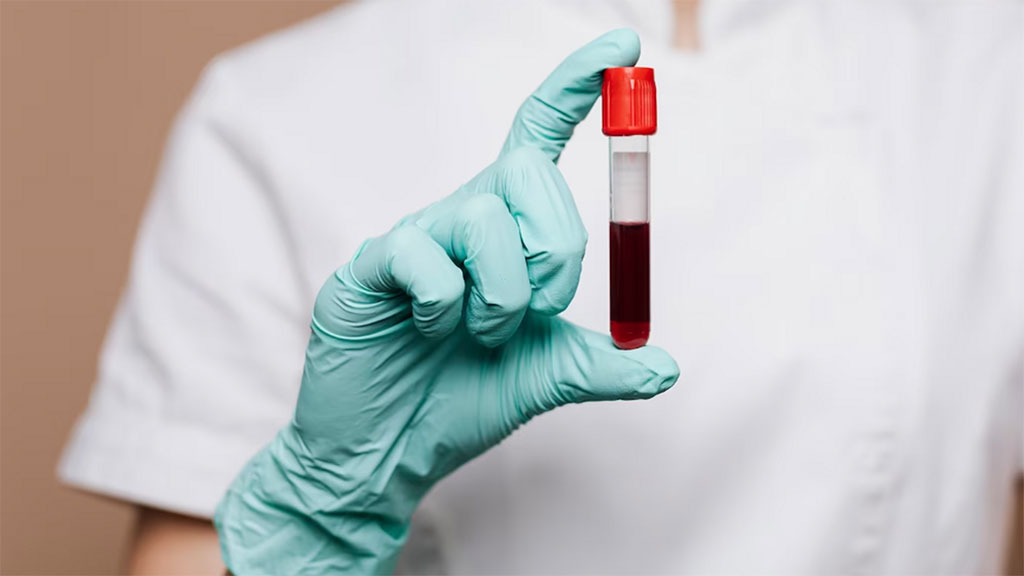Biotraces in Blood Samples Can Diagnose Early-Stage Brain Tumor
Posted on 20 Jun 2023
Diagnosing early-stage brain tumors is not only challenging, but certain issues can also arise even after symptoms begin to show. Now, a new, noninvasive method for diagnosing gliomas, one of the deadliest brain tumors, has been developed by researchers. The team achieved this by using Raman spectroscopy to identify chemical compounds known as biotraces, secreted by the tumor, in the blood.
Scientists at Tomsk State University (Tomsk, Russia) initially sourced information from specialized literature about the types of biological markers found in glioma tissues. Following this, they conducted an experiment on lab mice, who were administered human glioblastoma cells. After different time periods, their blood serum was evaluated and the mice were subsequently removed from the study. The scientists utilized Raman spectroscopy to detect specific frequencies which enabled them to find glioma traces in biological fluids, thereby segregating the mice into healthy and afflicted groups. The gathered data was compiled into a library which was used to train a neural network, automating the analysis process.

The researchers believe that this novel method could potentially be beneficial for detecting different types of tumors. All malignant growths secrete unique chemical compounds. If the exact biotraces linked to a particular condition are known, they could be identified using Raman spectroscopy and machine learning. Optical analysis methods are gaining traction across numerous fields, specifically for their potential to quickly diagnose diseases. In line with this, the scientists at TSU are employing AI to develop new noninvasive methods for diagnosing viral and bacterial respiratory infections that can cut down the analysis time from several days to mere minutes.
"What makes our approach advantageous is that it enables us to find traces of an early-stage tumor, prior to symptoms manifesting themselves," said Yury Kistenev, head of the TSU Laboratory of Laser Molecular Imaging and Machine Learning. "The thing is, a glioblastoma changes the biochemical composition of blood. It secretes substances and tumor cells that end up in blood, which carries them around the whole body. By analyzing these biotraces we can get data on cancer formation: That information in turn can be used to diagnosing a disease or monitoring the effectiveness of treatment."
Related Links:
Tomsk State University













